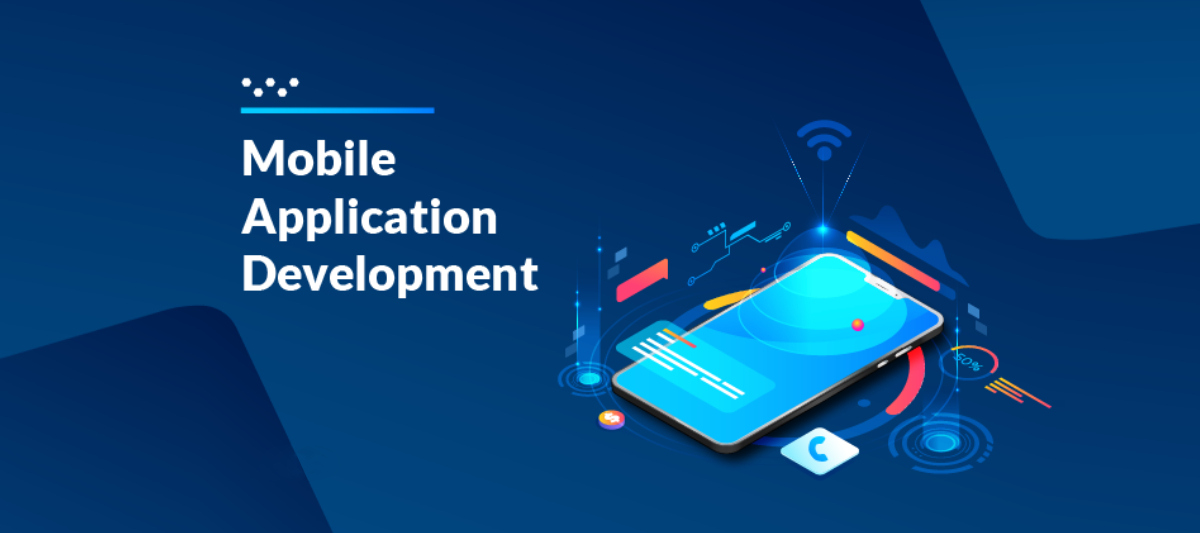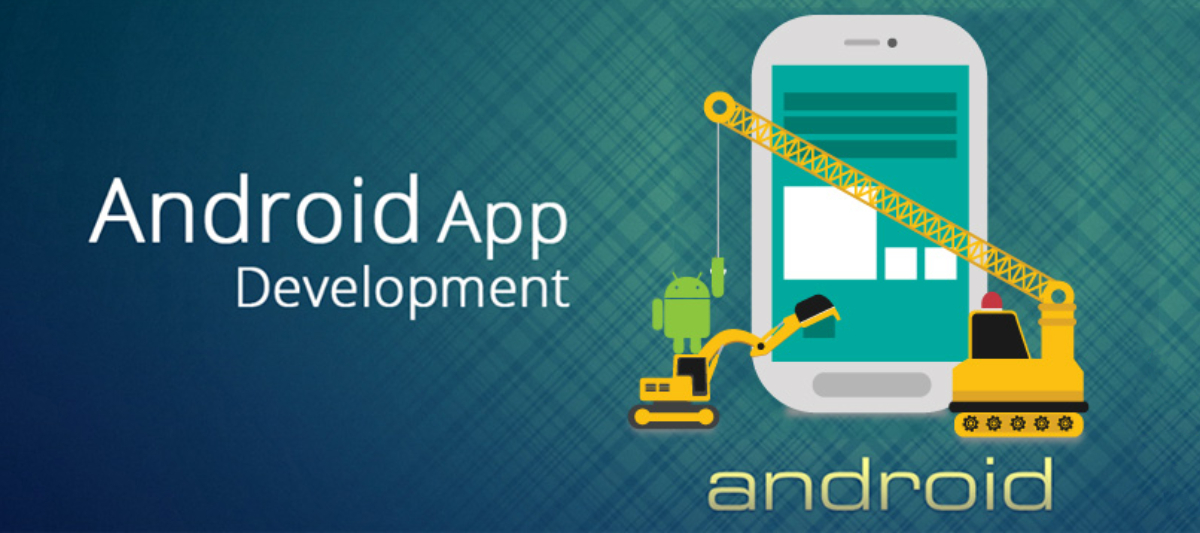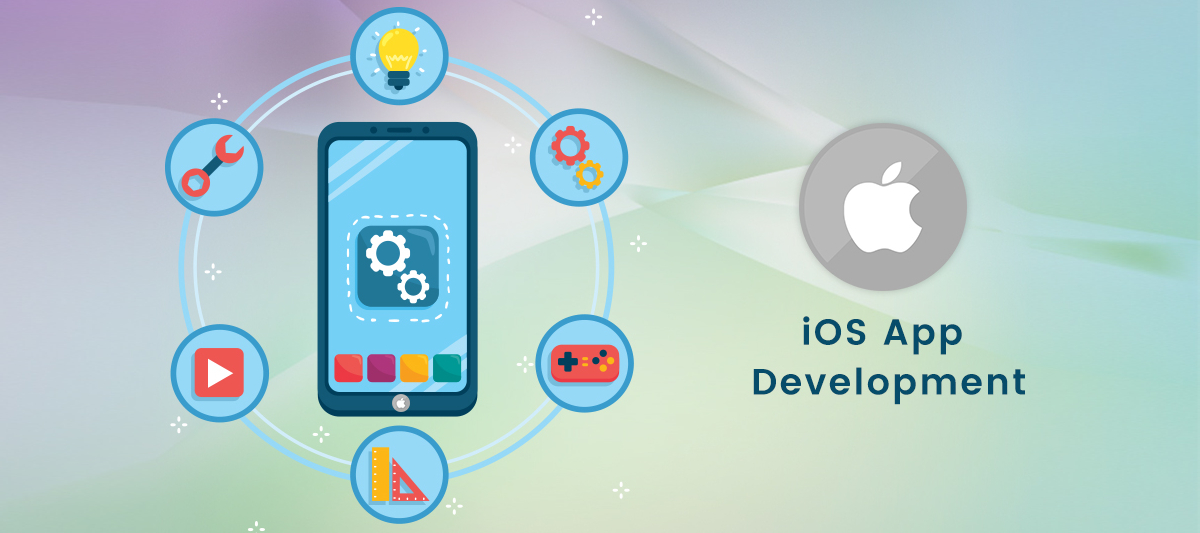
What Is Mobile App Development?
Mobile app application development refers to the process of designing, creating, testing, and releasing software applications for mobile devices, such as smartphones and tablets. With the proliferation of mobile devices in the modern world, mobile app application development has become a crucial field in software engineering and the tech industry.
There are several key aspects and technologies involved in mobile app application development:
- IOS App Application: Developed by Apple Inc., iOS is the operating system that powers iPhone, iPad, and iPod Touch devices. Development for iOS typically requires the use of Apple's Xcode IDE (Integrated Development Environment) and is done primarily using the Swift or Objective-C programming languages.
- Android App Application: Developed by Google, Android is an open-source platform that powers a wide variety of mobile devices from different manufacturers. Android app application development typically uses the Android Studio IDE and the Kotlin or Java programming languages.
- Native Development: Involves creating apps application that are platform-specific, meaning an app developed for iOS will not work on Android and vice versa.
- Cross-platform Development: Refers to creating apps application that can run on multiple platforms with a single codebase. Popular cross-platform development frameworks include React Native, Flutter, and Xamarin.
- App Application Planning and Analysis: Determining the app's purpose, target audience, and functionalities.
- App Application Design: This involves UI/UX design to ensure the app is user-friendly and appealing.
- App Application Development: Writing the actual code for the app application
- App Application Testing: Ensuring the app works as expected and is free of major bugs.
- App Deployment: Launching the app on app stores like Apple App Store or Google Play Store.
- App Maintenance: Ongoing updates, bug fixes, and improvements based on user feedback.
Many app require a server back-end to manage data, provide dynamic content, or support functionalities like user authentication. This integration often involves web services, APIs (Application Programming Interfaces), and others cloud-based solutions.
Developers often aim to generate revenue from their apps application through methods like in-app purchases, ads, subscription models, or pay-per-download.

